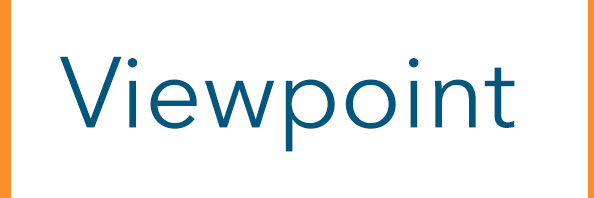Across the country, community college leaders are trying to stabilize declining enrollments while enticing students to their doors. Over the last decade, community colleges have worked with legislators to create state-subsidized free tuition and dual-enrollment/dual-credit programs, while others have begun to work closer with workforce partnerships to increase short-term micro-credentials, all in hopes of increasing student enrollment.

While community colleges have seen some success with these programs, it has not been enough to keep the momentum of students wanting to enroll in community colleges. In fact, between 2010 and 2017, community college enrollment declined by more than 1 million students. Decreases during the Covid pandemic compounded the challenge. In spring 2022, community colleges lost another 351,00 students, which equated to a 7.8% decline in enrollment from spring 2021.
Familiar rivals
Among the hurdles to turning the trend is competition — from other higher education institutions (including other community colleges) and non-academic providers.
In some large urban cities, community colleges are so close in proximity that they compete for the same students. In the south Bronx in New York City, Hostos Community College is just 4.1 miles away from Bronx Community College. Both schools are part of the City University of New York system and easily accessible to the 4-train line. In fact, on the 4-train, students can get to either college within six stops.
Often, neighboring community colleges have competed for students by trying to distinguish themselves by the programs they offer or providing other incentives that set them apart.
Unexpected competitors
Although community college leaders are aware of their local college competitors, many of those leaders were inattentive to who would become a major competitor during the wind-down of the Covid pandemic — retail, factory fulfillment centers and transportation organizations. Many students who 10 years prior would have enrolled in community colleges are choosing to work as sales associates, make food deliveries, and process and fulfill online orders.
And why wouldn’t they? They are hired on the spot, offered sign-on bonuses, have a choice of schedules, and at times can decide when they start, their geographic location and when their workday ends. If those perks are not good enough for them to not enroll in community college, they can quit a job today and go to work at an industry competitor the next day. While interviewing and upon accepting an employment offer, potential community college students are demanding more money, perks and conveniences.
How can community colleges be upset when students are working smarter and not harder? Haven’t we worked smarter? Nearly every community college I have worked at operated using a rollover class schedule. The colleges did not use data or survey students to determine the best days, times and modalities for course offerings.
Furthermore, community colleges have operated under the model of “if we build it, they will come.” Many community colleges have been in existence since the 1950s. We built it, gave access and today they are not coming. Why? Because many potential community college students are enrolling in the workforce, many of whom are not our partners.
A different approach
If community college leaders understand that today their competition includes retail and service industry organizations, why are they not taking the college to the industry? Who doesn’t want better-skilled employees? Employees can be part of their succession and growth plans. Don’t get me wrong, there are some great workforce/community college partnerships that exist with large manufacturing, allied healthcare and technology companies; however, what about other industries?
Community colleges offer many cohort programs at their institutions; why not take the cohort programs to the organization? If it is known that potential community college students are working at local malls, retail stores and factory fulfillment centers, why are community colleges not at those potential industry partner’s doors saying, “We’ve built it, and will come to you?”
Community colleges are already behind in acknowledging that they were unaware or did not give attention to a competitor that has emerged and surpassed the ability to grab the attention of their potential students. One way for colleges to compete is to better leverage technology in order to improve access. Technology allows instruction to be offered to students in multiple modalities to populations inclusive of incarcerated inmates and military officers in other countries. It is going to take continued innovative thinking of community college presidents, cabinet members, faculty and staff to move the enrollment pendulum from negative to positive.
Winds of change
Although the forecast seems dim when focusing on improving enrollment at community colleges, I believe there will be a positive shift in the pendulum. Those potential community college students who elected not to enter the doors of a local community college in lieu of accepting low-skilled-waged employment with little to no growth opportunities won’t progress far without earning a higher education credential.
As someone who worked at Carson Pirie Scott, a large retail store, while enrolled in high school and seasonal while in and after college, I expect that in the next three to five years those potential students who elected to enter jobs paying slightly above minimum wage will become frustrated with the lack of career growth opportunities afforded to them. They will have job knowledge and experience similar of their supervisors yet will not have the required educational attainment to advance into promotional opportunities.
Community colleges should reach out to build partnerships with diverse industries of all sizes. Preparing students to understand the importance of great customer service is just as important as preparing students to enter industries that manufacture chips that operate cars.
Workforce/community college partnerships should be in areas that will create opportunities for students to move from earning livable wages to earning middle-class wages. Community colleges serve students from diverse backgrounds and interest. It is the responsibility of community colleges to be prepared to serve, educate and make opportunities available for each and every student who enters their doors.

